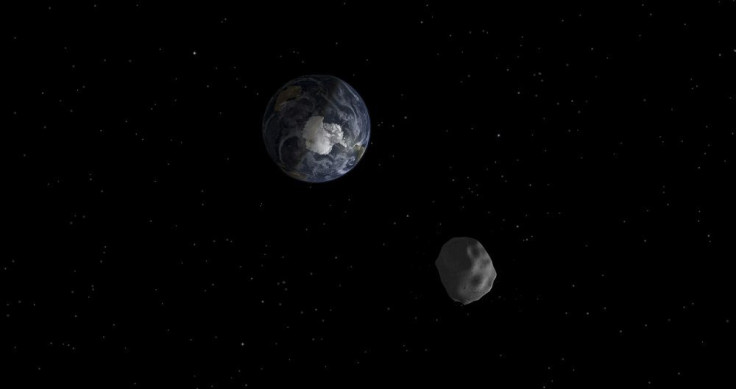NASA stops support for asteroid hunt, cuts ties with private group

The National Aeronautics and Space Agency, or NASA, recently announced that it will no longer partner with a private foundation that had been working on an asteroid survey mission.
Nature.com reports that NASA said that it will no longer provide data-downlink and analytical support to the Sentinel, a $450-million satellite designed to detect 90 percent of near-Earth space objects that are larger than 140 metres. This means that the space agency will no longer provide $30 million worth of assistance in receiving or downloading and interpreting data from the proposed telescope facility.
NASA has teamed up with B612 Foundation , a California-based company whose mission is to protect the Earth from large space object impacts. NASA’s move was reportedly due to the foundation’s inability to meet the Sentinel programme’s development guidelines, Wired.com said. NASA has since chosen to support the NEO, or Near Earth Object-asteroid hunting programme scheduled for a 2021 release.
According to B612 Foundation’s site , the development and installation of the satellite is to prepare Earth from the dangerous consequences of large, incoming near-Earth objects when in contact with the planet’s gravitational force. Citing the 40-metre asteroid that has struck Tunguska, Russia , in 1908, the foundation said that the risk of heavily populated cities like San Francisco getting wiped out from the blast levels more than the force generated by the atomic bomb in Hiroshima, Japan, was too great not to be noticed and taken action.
B612 Foundation supporter and astronomy disciple Phil Platt explained on Slate.com , “These rocks are one of the biggest ironies of the solar system: If we do nothing about them, they can destroy us, but if we take action, soon, they can open up the exploration of space and possibly provide substantial wealth in the process.”
The foundation reportedly needs $30 million to $40 million yearly to keep on track with the Sentinel programme, Nature.com said.
However, NEOCam team member Mark Sykes of the Planetary Science Institute in Tucson, Arizona, believes that the news is not necessarily bad for space discovery as NASA can now pursue other more dedicated projects. Could this also be a window opening for existing telescope programmes?
In 2014, scientists confirmed the detection of antimatter space object findings of an Italian-American professor, Dr Ruggero Maria Santilli. According to a press release, the discovery of antimatter galaxies using a proprietary telescope with concave lens and designed under Santilli’s new mathematics allowed an opportunity for the world to protect itself from objects that cannot be seen with the typical telescope designed under Galileo Galilei and Albert Einstein’s mathematics.
“Since antimatter asteroids are not predicted by Einstein theories, they are ignored by the academic community … Therefore, I join the current call for systematic research for the advance detection of antimatter asteroids prior to their hitting our planet, that requires the prior development of the new Santilli isodual optics for antimatter light,” Professor Svetlin Georgiev of the Sorbonne University in Paris, France, explained in his statement .
Santilli’s revolutionary telescope has since received support from Thunder Energies Corporation ( OTCQB: TNRG ). The company intends to organize manufacturing, promotion, sale, and service of the telescope to retail markets as part of their optimal instrument offerings. The cutting-edge technology developer has also worked with Santilli, who is now the company’s CEO and chief scientist.
Contact the writer at feedback@ibtimes.com.au or tell us what you think below





















